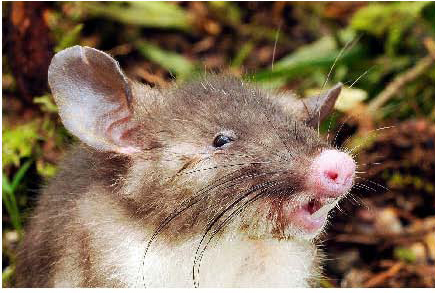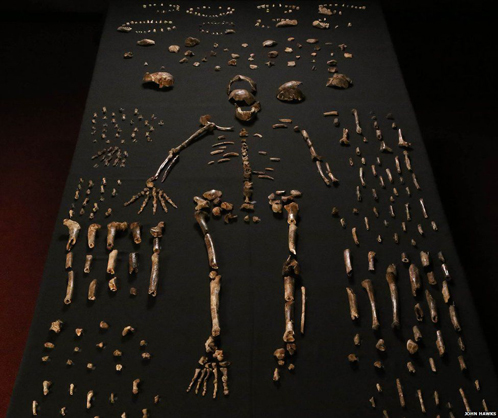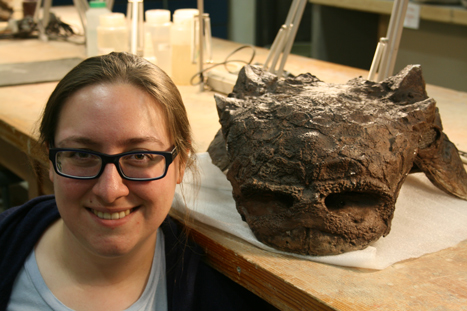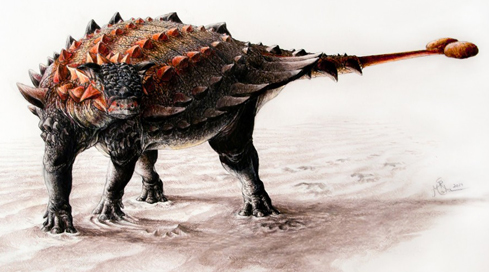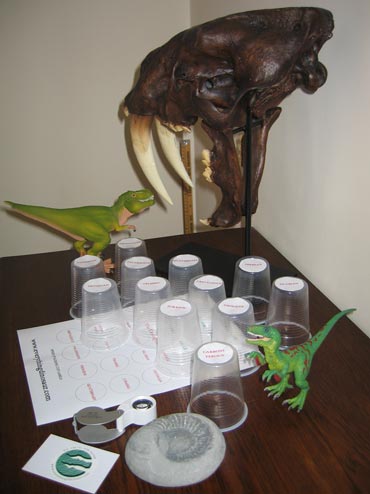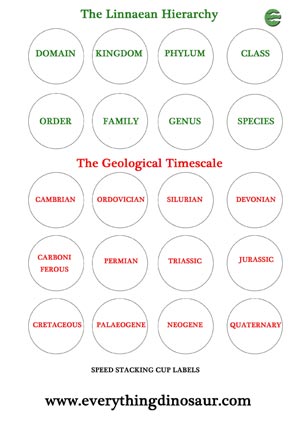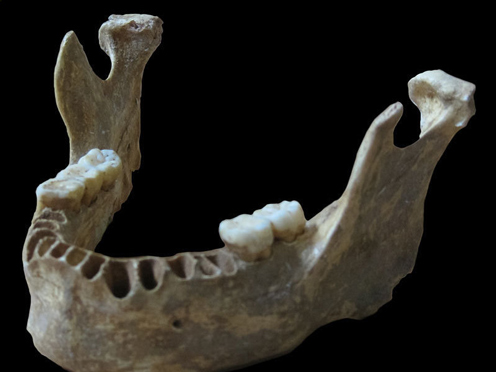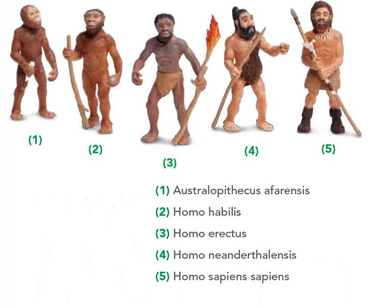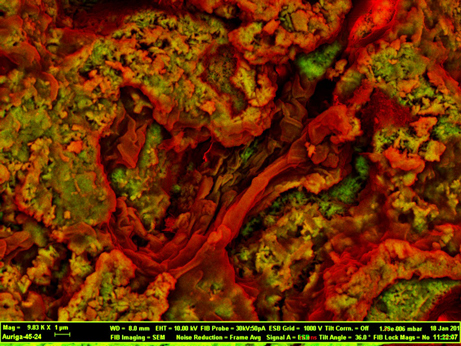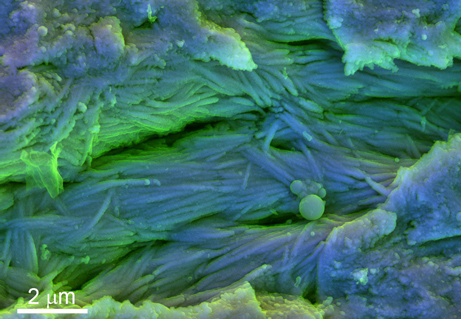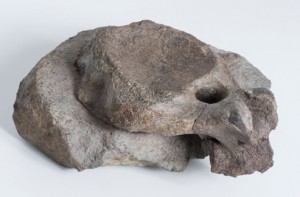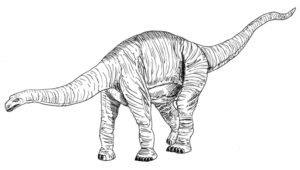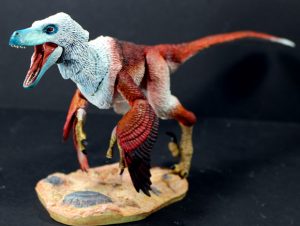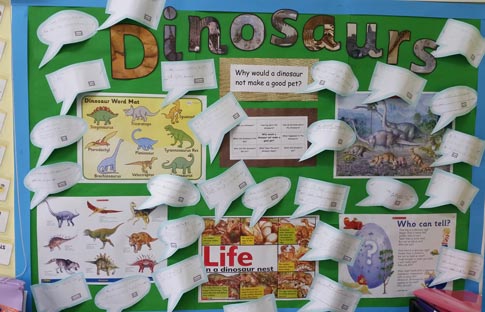Articles that focus on teaching ideas and activities aimed at Key Stage 3 and Key Stage 4.
A New Species of Bizarre Rat from Sulawesi
Hyorhinomys stuempkei – A Unique Rodent for a Unique Ecosystem
An international team of researchers led by scientists from Museum Victoria (Australia) have identified a new species of rodent in the remote forests on the Indonesian island of Sulawesi. The rat has been named Hyorhinomys stuempkei and it just one of a number of new types of rodent believed to be endemic to the remote and mountainous forests of Sulawesi. The name translates from the Greek, hyo meaning “hog”, rhino meaning “nose” and mys meaning “rat”, this is the hog-nosed rat, an apt description due to this little critter’s large, pink nose with forward facing nostrils.
Hyorhinomys stuempkei
Hyorhinomys stuempkei – The Hog-nosed Rat of Sulawesi
Picture credit: Jacob Esselstyn/Louisiana State University
Sulawesi East of the “Wallace Line”
Sulawesi lies to the east of the imaginary “Wallace line”, a boundary between the faunas of Asia and Australasia that was noted by Alfred Russel Wallace, the naturalist and explorer who co-authored the famous 1858 scientific paper on the evolution of organisms by natural selection, with Charles Darwin.
The Wallace Line Dividing Asian and Australasian Faunas
Picture credit: Google Maps with Annotation by Everything Dinosaur
Alfred Russel Wallace (1823-1913), proposed a theory related to the zoogeographical spread of organisms. He noted that the animals of the world could be divided up into zoogeographical zones. Sulawesi marks a boundary between two of these zones. Many Asian faunal lineages have their eastern most distribution on Sulawesi and conversely many Australian lineages have their most westerly distribution on the island.
How Did this Zoogeographical Zone Come About?
There is some mixing of Asian and Australasian lineages on Sulawesi, but in mammals the fauna seems to be very different from what is seen in Asia and also from the marsupial dominated Australia. The explanation is that during the ice sheet advances during the Ice Ages, large amounts of water became locked up. This led to a subsequent fall in sea levels, uniting parts of south-east Asia that, today, are separated by shallow seas. The sea level is estimated to have fallen by as much as 120 metres. Mammals such as rodents were able to migrate across these land bridges but the deep water channel that exists today between the islands of Bali and Lombok, would still have existed, forming a natural barrier preventing the migration of Australasian mammals northwards, and Asian mammals southwards.
A spokesperson from Everything Dinosaur commented:
“Nature can still surprise us. There are probably many types of rodent and bats awaiting discovery in some of the more remote parts of our planet.”
Visit Everything Dinosaur’s website: Everything Dinosaur.


